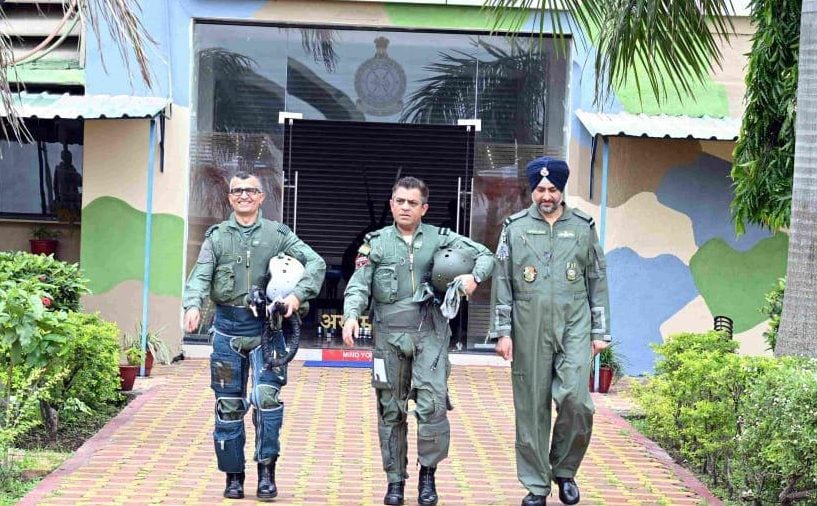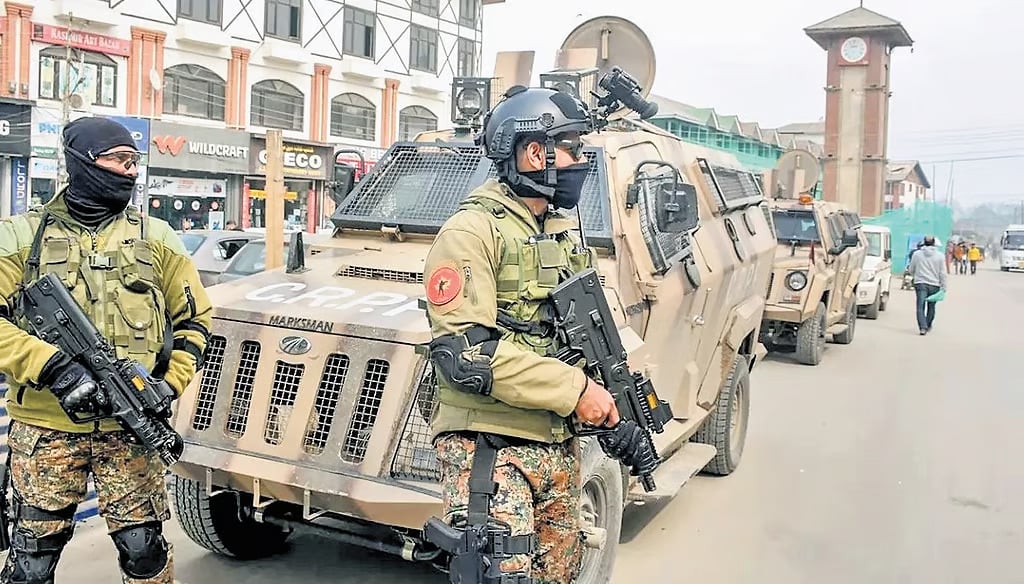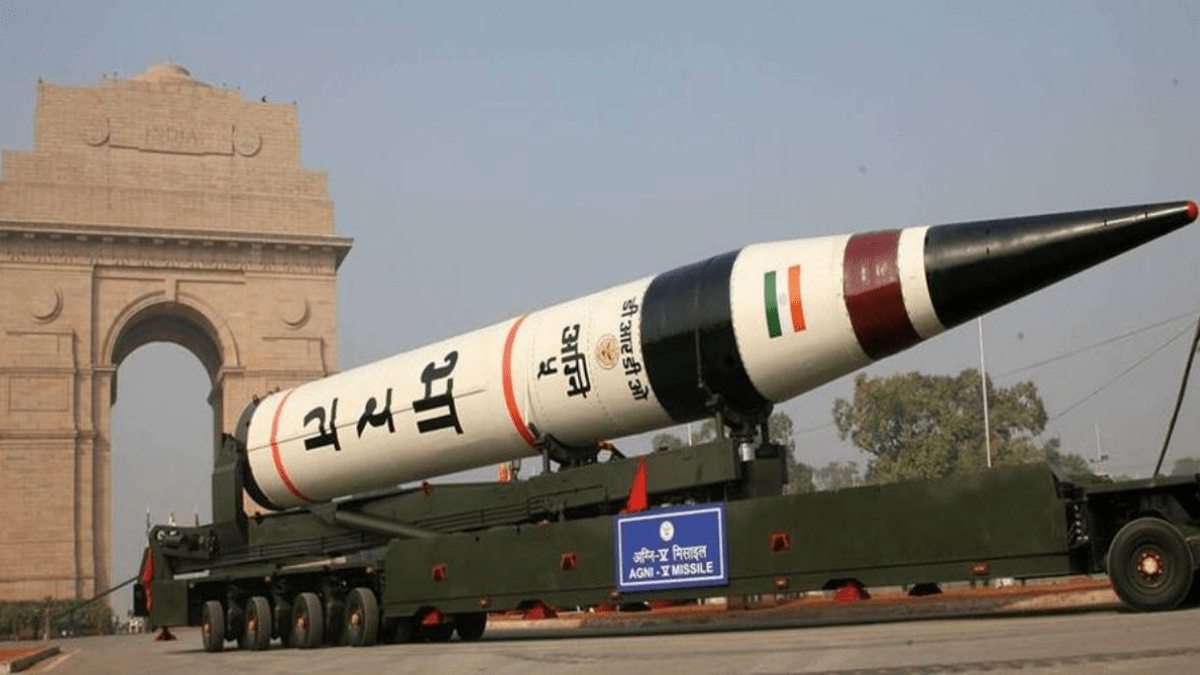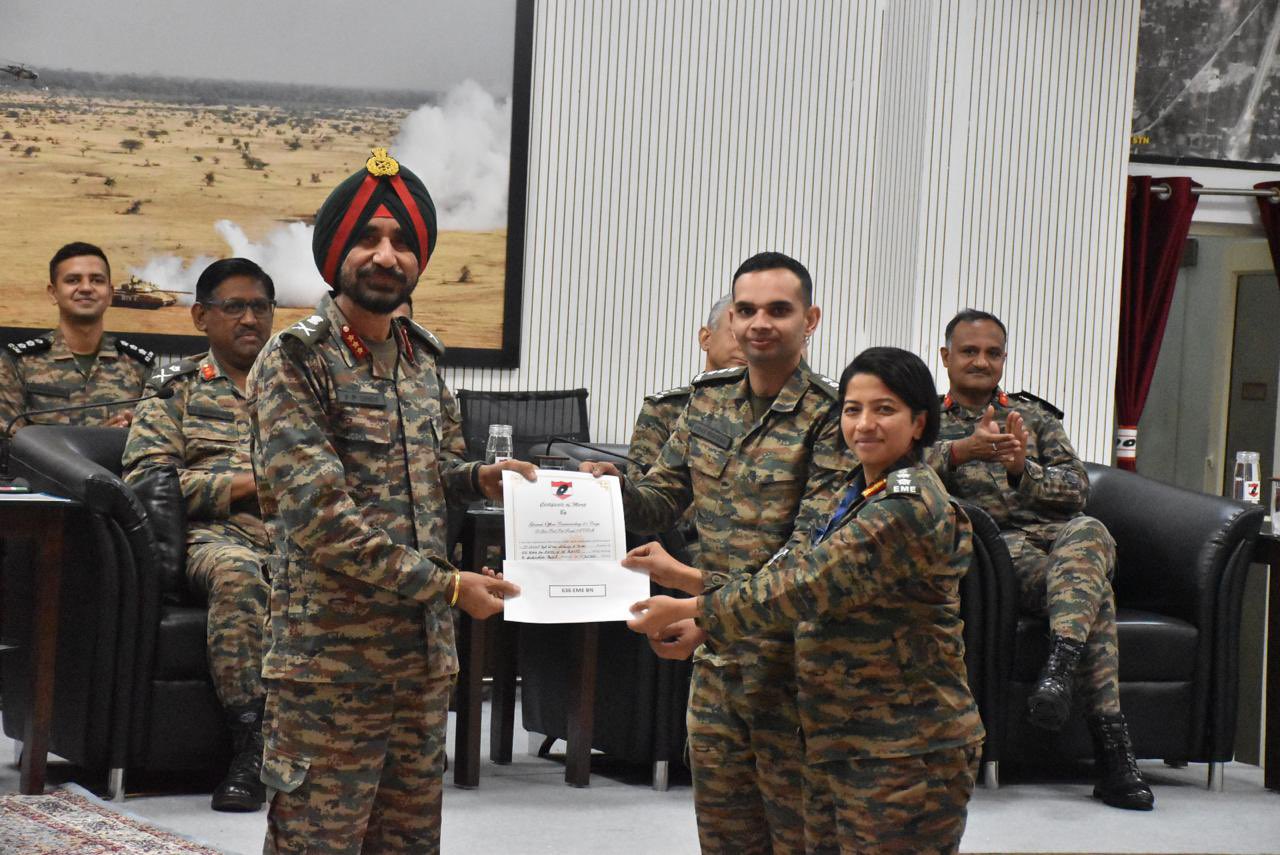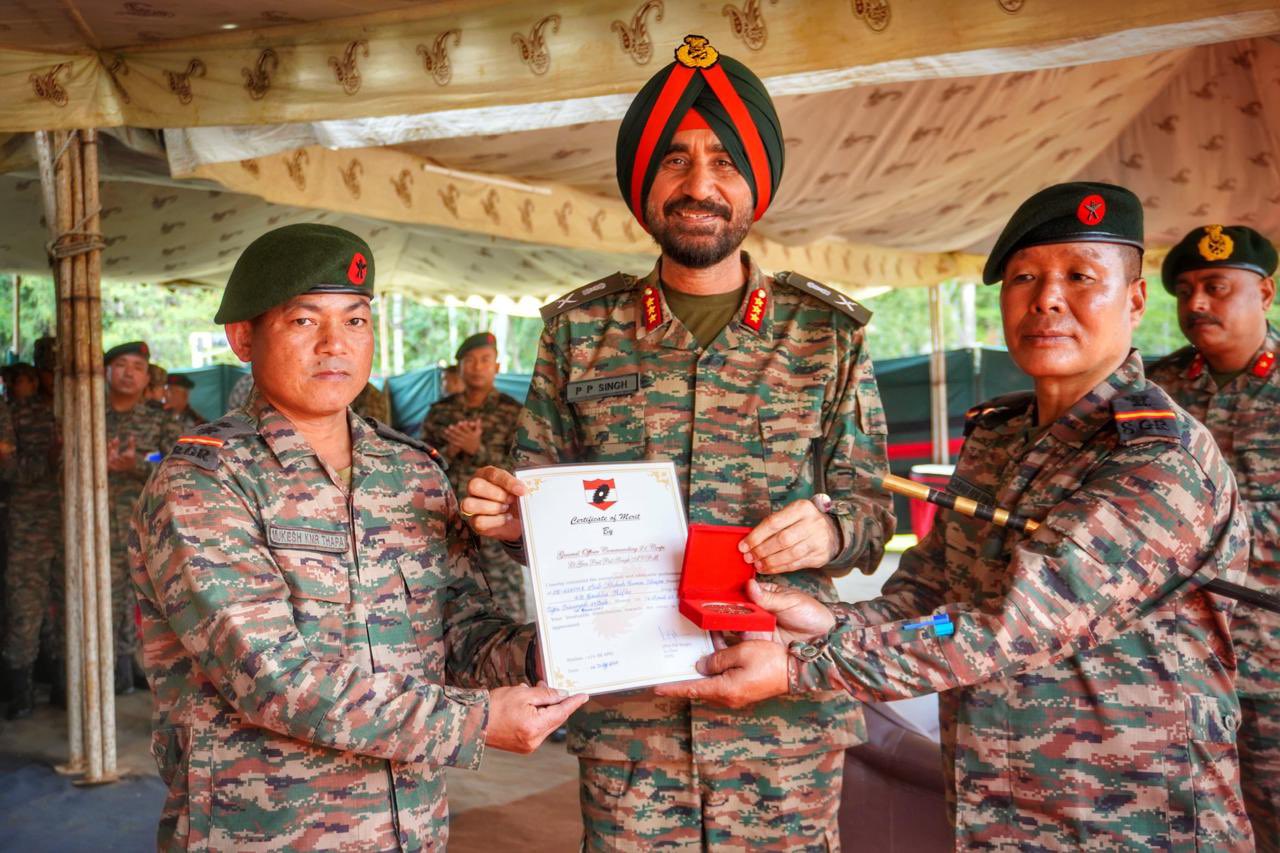Air Marshal Nagesh Kapoor Flies Su-30 MKI at Lohegaon, Reaffirms Operational Readiness
Air Marshal Nagesh Kapoor, Air Officer Commanding-in-Chief (AOC-in-C) of the South Western Air Command (SWAC), carried out a high-profile sortie…
Over 20K more forces lined up for J&K
As per The New Indian Express: In view of the emerging security challenges in Jammu & Kashmir following ‘Operation Sindoor’,…
India Successfully Test-Fires Prithvi-II and Agni-I Ballistic Missiles
India today successfully test-fired its short-range ballistic missiles Prithvi-II and Agni-I from the Integrated Test Range (ITR) in Chandipur, Odisha.…
Lt Gen Prit Pal Singh Oversees Demonstration of Indigenous Counter-Drone Systems at Bhopal Military Station
In a significant stride toward technological self-reliance, the Indian Army's Sudarshan Chakra Corps demonstrated a suite of advanced indigenous counter-drone…
Himachal’s Naik Pushpendra Negi Martyred in Assam Storm Mishap
A wave of grief swept across Himachal Pradesh’s Kinnaur district as hundreds gathered in Thaimgarang village to bid a final…
Lt Gen Prit Pal Singh Reviews Preparedness and Strategic Capabilities of Bison Division Troops
The Indian Army’s Sudarshan Chakra Corps showcases its amphibious operational readiness during a visit by Lieutenant General Prit Pal Singh,…

